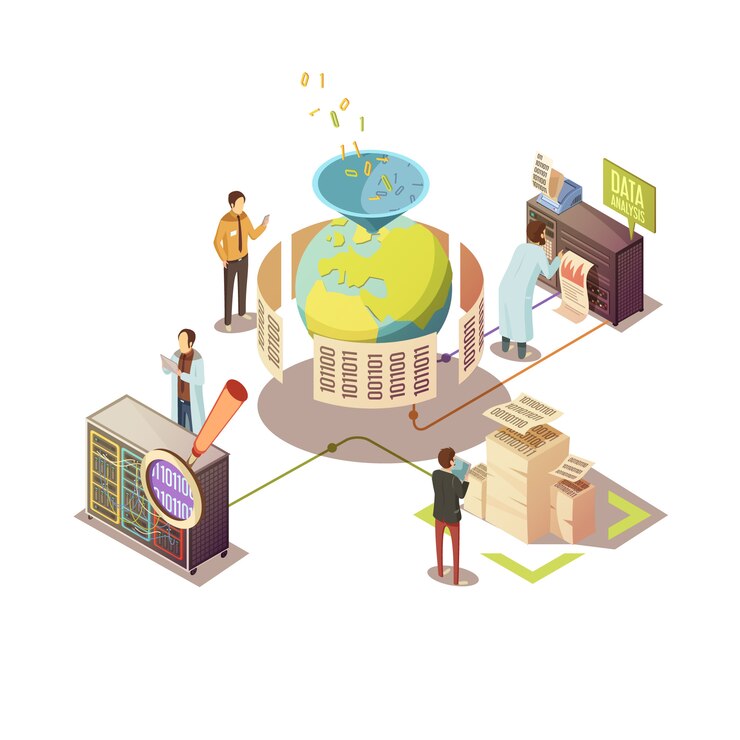Public finance is a fundamental aspect of any nation’s economic framework. It deals with the income and expenditure of the government and how these financial activities influence the economy as a whole. Whether it’s funding infrastructure projects, offering public services, or managing national debt, public finance plays a critical role in ensuring a country’s economic stability and growth.
What is Public Finance?
Public finance refers to the study and management of government revenues (mainly from taxes), expenditures (on public services, defense, welfare, etc.), and the overall fiscal policy that governs them. It also includes borrowing and debt management by the government. Essentially, public finance is about how a government earns money, how it spends it, and how it manages the financial operations that affect the public and the broader economy.
Key Objectives of Public Finance
The primary goals of public finance are:
Efficient Allocation of Resources
The government ensures that resources are used in areas where they are most needed, such as health, education, defense, and public infrastructure.
Income Redistribution
Through taxation and social welfare schemes, public finance helps reduce economic inequality by transferring resources from the rich to the poor.
Economic Stability
By adjusting spending and taxation, governments can control inflation, reduce unemployment, and stabilize the overall economy.
Economic Growth
Public investment in infrastructure, technology, and education promotes long-term growth and productivity.
Public Welfare
Providing basic services like healthcare, education, sanitation, and public safety ensures the well-being of citizens.
Major Components of Public Finance
Public finance is broadly divided into four key components:
1. Public Revenue
This refers to the income the government receives from various sources. It includes:
Tax Revenue: Income from taxes such as income tax, corporate tax, goods and services tax (GST), excise duties, etc.
Non-Tax Revenue: Includes profits from public sector enterprises, interest on loans given by the government, and fees or fines.
2. Public Expenditure
This is the money the government spends on various sectors. It is classified as:
Capital Expenditure: Long-term investments like infrastructure development, roads, and bridges.
Revenue Expenditure: Day-to-day expenses such as salaries, subsidies, defense, and interest payments.
3. Public Debt
When government revenues fall short of expenditures, the government borrows money. This is known as public debt. It can be internal (from citizens, banks) or external (from foreign governments or institutions like the IMF).
4. Financial Administration
This refers to the mechanisms and institutions that manage the financial policies of the government, including budget planning, implementation, and audit.
Importance of Public Finance in the Modern Economy
In the contemporary world, public finance plays a significant role in shaping economic policies. Here’s why it matters:
Infrastructure Development: Governments use public funds to build roads, bridges, schools, and hospitals, which are crucial for economic growth.
Crisis Management: During events like natural disasters or pandemics, public finance allows governments to mobilize resources quickly.
Social Equity: Public finance enables inclusive development by providing financial support to weaker sections of society.
Job Creation: Government-funded projects create employment opportunities directly and indirectly across sectors.
Challenges in Public Finance
Despite its importance, managing public finance comes with several challenges:
Fiscal Deficit: When government expenditure exceeds revenue, it leads to a fiscal deficit, which can result in increased borrowing and inflation.
Tax Evasion: A weak tax collection system can reduce public revenue and hamper developmental activities.
Corruption and Misuse: Inefficient spending and corruption can drain public resources.
Debt Burden: Excessive public debt can lead to long-term economic stress and impact a country’s creditworthiness.
The Role of Technology and Reforms
Modern technology has revolutionized public finance management. Digital payment systems, transparent e-governance, and data analytics help in better planning, tracking, and control of government finances. Countries are also adopting tax reforms like Goods and Services Tax (GST) and digital tax filing to increase transparency and compliance.
Conclusion
Public finance is not just a technical subject for economists and policymakers; it directly impacts every citizen. From the roads we travel on to the schools and hospitals we use, everything is a result of careful financial planning by the government. For any nation to progress sustainably and equitably, a sound and transparent public finance system is essential. As economies grow and challenges evolve, the importance of efficient public finance will only continue to rise.







